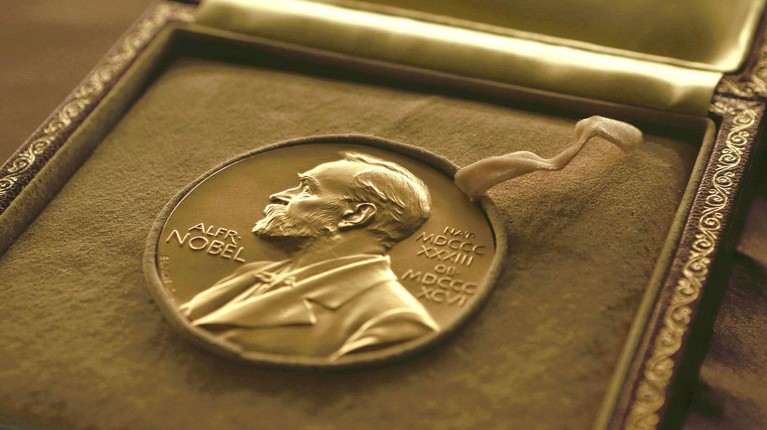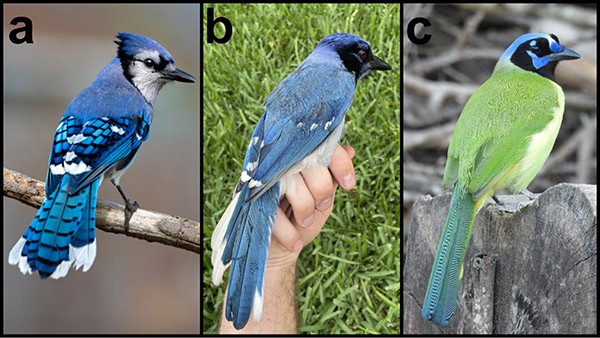Hello Nature readers, would you like to get this Briefing in your inbox free every day? Sign up here.

How do science prizes such as the Breakthrough Prize and the Turing Prize compare with the Nobel science prizes?Credit: Yomiuri Shimbun via AP/Alamy
Is anything better than a Nobel?
The Nobel prizes are the most iconic awards in science — but are they the best? In recent years, a flurry of other prizes have emerged as rivals, filling subject area gaps left by the Nobels, such as technology and climate science, or offering a bigger financial reward. These alternatives are gaining traction, “but for now, a Nobel prize is just so far ahead of the others”, says planetary scientist Sara Seager, who won the 2024 Kavli Prize in Astrophysics. And no prize totally makes up for the Nobels’ flaws — many still award individuals, not teams, and women are underrepresented among winners.
The dawn of AI-designed antibiotics
In the face of soaring rates of antimicrobial-resistant infections, researchers are increasingly turning to artificial intelligence (AI) to help think up the next generation of antibiotics. Some promising AI-designed candidates are in the early stages of development, but the process can come with strings attached. Some AI-designed antibiotics are chemically unstable and can’t be synthesized. Others take too many steps to make and would be too costly and time-consuming to produce commercially.
Image of the week

This bird spotted in Texas (b) is the first recorded wild hybrid of a male blue jay (Cyanocitta cristata) (a) and a female green jay (Cyanocorax yncas, c). It “joins a growing list of increasingly unexpected outcomes” from shifting habitats caused by global warming, write two ecologists who described the find. (CNN | 6 min read)
Reference: Ecology and Evolution paper (B. R. Stokes, T. H. Keitt/Ecology and Evolution (CC BY 4.0))
Features & opinion
Astronomers’ favourite alien planets
The first exoplanet around a Sun-like star was discovered 30 years ago this week, with more than 6,000 alien planets now known to exist beyond our Solar System, mostly thanks to NASA’s Kepler and TESS missions. From ‘hot Jupiters’ to ‘super-Earths’ and ‘mini-Neptunes’, some jostle in crammed systems while others roam lonely between the stars. To celebrate the occasion, astronomers share some of their favourites, with many pointing to our nearest neighbours, which orbit Proxima Centauri.
Futures: The devourer of trust
An alien race depicts human behaviour as accurately as they can in the latest short story for Nature’s Futures series.
Five best science books this week
Andrew Robinson’s pick of the top five science books to read this week includes a penetrating study on coral reefs and an enchanting book on music’s interaction with the brain.
Podcast: virus DNA proves useful to humans
Around 9% of the human genome is made up of remnants of ancient infections by retroviruses — those that insert a copy of their genetic material into the DNA of their host. But these viral DNA sequences aren’t all freeloaders; in fact, some have more than earned their keep. Researchers have found evidence that some of these sequences appear to be crucial for the correct development of human embryos, and that one influences the production of a key protein involved in the switching on of vital metabolism and cell-proliferation genes.
Nature Podcast | 34 min listen
Subscribe to the Nature Podcast on Apple Podcasts, Spotify or YouTube Music, or use the RSS feed.
